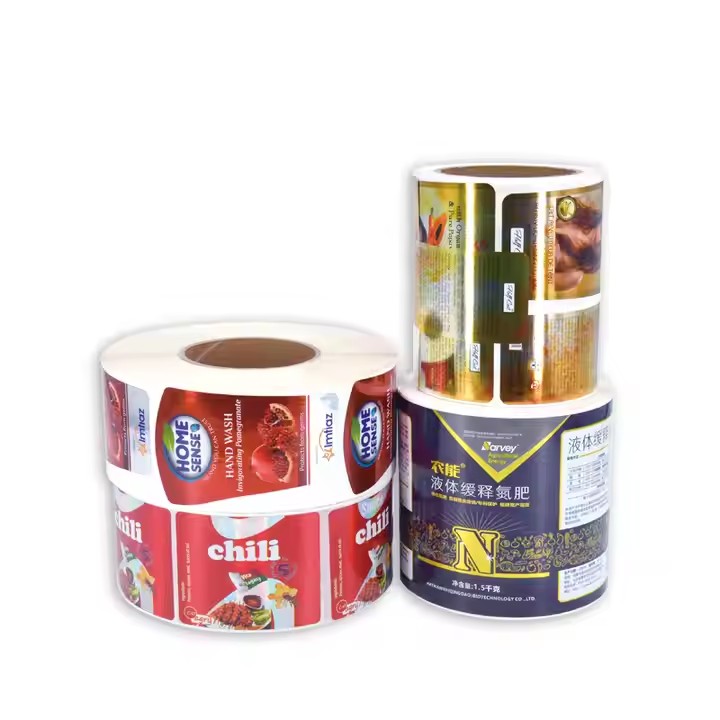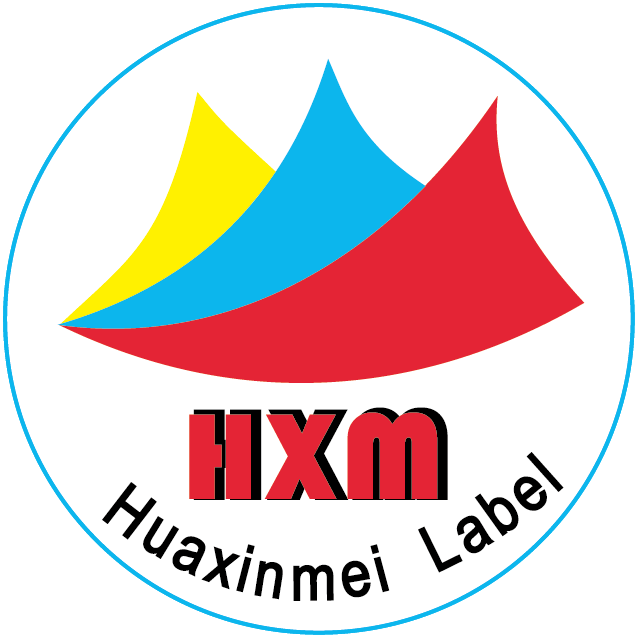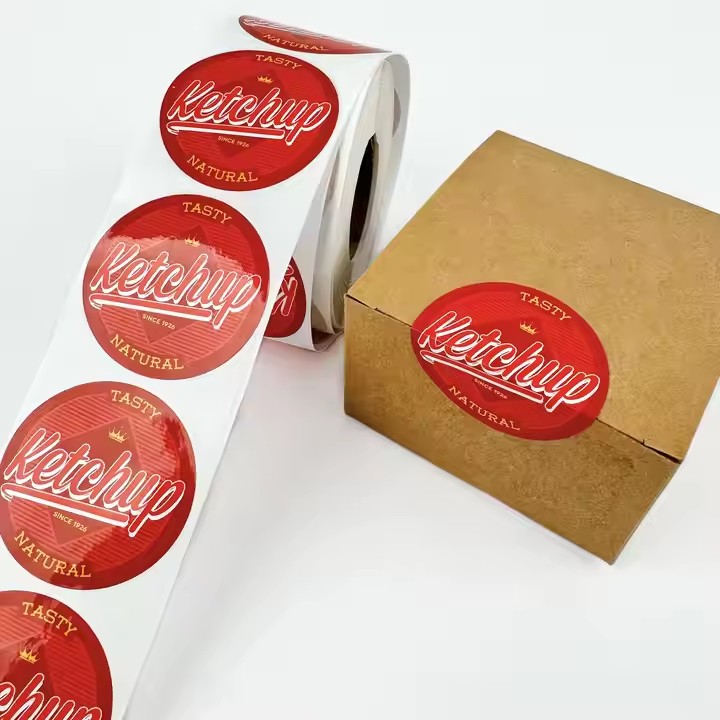Selection Methods
Consider the frangibility characteristics: High-quality frangible paper should break easily under slight external force, and the fragments after breaking should be small, uniform, and unable to be restored. Avoid choosing labels that are too brittle because they are likely to break easily when they come into contact with external objects. Instead, choose some paper materials that are not so brittle for packaging. Of course, it should also be based on the characteristics of the product. For example, use some non-fragile materials. When it comes to vehicle parts, labels with good flexibility should be used, which will not be easily damaged even when exposed to strong sunlight.
Evaluate the printing adaptability: Select the appropriate frangible paper according to the printing method. If using letterpress printing or flexographic water-based ink printing, thin backing paper type frangible paper can be chosen; if using offset printing, letterpress printing, or screen printing, thick backing paper type frangible paper can be considered. Before choosing the label material, it is necessary to evaluate the printing adaptability, such as how the printed material performs and whether it can well complete the required basic printing.
Pay attention to the adhesive performance: The adhesive should maintain good stickiness in different environments to ensure that the anti-counterfeiting sticker adheres firmly to the product and meets the requirement of not being easily peeled off completely. For products that need to be stored for a long time or used in harsh environments, adhesives with good weather resistance should be selected. Choose adhesives with relatively high viscosity, which helps the label adhere more closely to the product and will not fall off easily even when bumped.

Consider the type of backing paper: The thin backing paper type frangible paper self-adhesive face material is suitable for printing and processing in the form of roll paper, but it cannot be automatically labeled and requires manual labeling; the backing paper of the thick backing paper type is thick, and the shrinkage of the face material will not cause deformation of the backing paper, and it can be cut into single sheets for printing. Consider the type of backing paper and choose backing papers with relatively strong flexibility. Since there are many types of backing papers, it is necessary to distinguish and identify them.
Match the customization requirements: Customize according to the characteristics of the product and the brand’s needs. For example, luxury goods may pay more attention to highlighting the texture of the label material and the brand logo; the food industry may be more concerned about the moisture-proof performance and the display of food safety information. Customize to match the requirements according to the characteristics of the product. For example, for high-end luxury products, soft labels should be used, which can well match the brand’s style. Determine and match the requirements, understand the customer’s needs clearly, and recommend suitable materials for the customer according to their needs.
Select a reliable supplier: Select a supplier with good reputation and professional technology to ensure the stable quality of the frangible paper material, provide perfect after-sales service, and be able to provide customized solutions according to the needs. Select reliable suppliers, such as those who are trustworthy, deliver on time, and ensure the quality of their products. Also, for the communication with suppliers, suppliers should be responsible for the communication, be able to deliver well in a short time, and be able to communicate in a timely manner when there are problems. These are all reliable suppliers.
Application Points
Product anti-counterfeiting and quality assurance: For electronic products such as mobile phones, computer accessories, and automotive electrical appliances, frangible paper anti-counterfeiting stickers can be pasted on the key parts or screw holes of the products to prevent them from being disassembled privately; for products such as alcoholic beverages, pharmaceuticals, and cosmetics, they can be pasted on the packaging seal or the bottle body. When consumers open the packaging, the label breaks, proving that the product has not been opened or tampered with. In terms of anti-counterfeiting, this kind of anti-counterfeiting label should generally be used for products to ensure the legitimacy of the products. The company also needs to ensure the legitimacy of the product brand.

Anti-theft and anti-tampering in shopping malls: Paste frangible paper anti-counterfeiting stickers on the packaging or labels of goods in shopping malls. Once someone tries to peel off or replace the label, the sticker will break, playing the role of preventing theft and replacement and tampering. There are various labels for goods in shopping malls to prevent other distributors from misappropriating them.
Anti-counterfeiting of performance tickets: Using frangible paper anti-counterfeiting stickers on performance tickets can prevent the tickets from being forged or reused. When the audience enters the venue, they tear off the sticker for ticket inspection, and the sticker breaks and cannot be used again. Performance tickets also need anti-counterfeiting, so the anti-counterfeiting labels for tickets can be well utilized.
Precautions for pasting operation: Ensure that the surface to be pasted is clean, dry, and flat before pasting to ensure that the sticker makes full contact with the surface and adheres firmly; avoid pasting in environments with high temperature, high humidity, or a lot of dust; for frangible paper stickers that are manually labeled, the operator should pay attention to the force and method to avoid breaking the sticker due to excessive force during the pasting process.
Combination with other anti-counterfeiting technologies: It can be combined with two-dimensional codes, barcodes, anti-counterfeiting codes, etc. Consumers can verify the product information by scanning or querying; micro-text, invisible patterns, etc. can also be added to further enhance the anti-counterfeiting performance. Combining with other anti-counterfeiting technologies further increases the security of anti-counterfeiting products. With the development of modern technology, anti-counterfeiting codes are becoming more and more secure, and the technology is safer. With the development of technology, we should combine with science and technology, and anti-counterfeiting is a good application.


